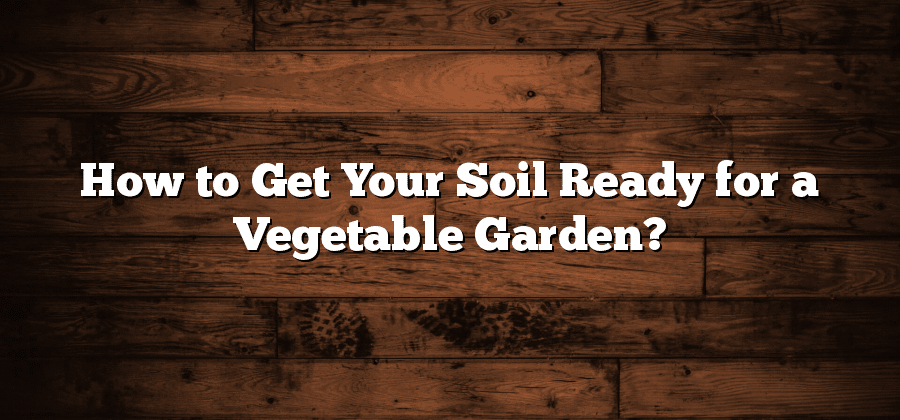Understanding Your Soil Composition
When it comes to gardening, understanding the composition of your soil is crucial for achieving successful plant growth. Soil composition refers to the combination of different particles, organic matter, and minerals that make up the soil. These components play a significant role in determining the soil’s fertility, drainage capabilities, and nutrient-holding capacity, all of which directly impact plant health.
One key aspect of soil composition is the particle size, which can vary from sandy to loamy to clayey. Sandy soils have larger particles and tend to drain quickly, which can be advantageous in preventing waterlogging but also poses challenges in retaining moisture and nutrients. Loamy soils, on the other hand, are a balanced mix of different particle sizes, offering good drainage and water-holding capacity. Lastly, clayey soils have small particles that tightly compact together, leading to poor drainage and a propensity for waterlogging. Understanding the composition of your soil will help you make informed decisions on how to improve it for optimal plant growth.
Assessing Your Soil’s pH Level
Soil pH level is a critical factor to consider when assessing the quality of your soil. pH is a measure of the acidity or alkalinity of the soil, and it is an important determinant of plant health and nutrient availability. The pH scale ranges from 0 to 14, with 7 being neutral. Values below 7 indicate acidic soil, while values above 7 indicate alkaline soil.
To assess the pH level of your soil, you can use a soil testing kit available at most gardening stores or send a sample to a soil testing laboratory for a more accurate analysis. Taking multiple samples from different areas of your garden will provide a better representation of your soil’s pH across the entire space. Monitoring the pH level of your soil is especially important if you plan to grow specific types of plants that require a specific pH range, as some plants thrive in acidic soil while others prefer alkaline conditions. By understanding your soil’s pH level, you can make informed decisions when it comes to choosing suitable plants and making necessary amendments to optimize plant growth.
Testing for Nutrient Deficiencies in Soil
One way to ensure the optimal growth and health of your plants is to regularly test for nutrient deficiencies in your soil. While it may seem like a daunting task, it is actually quite simple and can provide valuable insights into the needs of your plants.
To begin the testing process, you will need a soil testing kit or the assistance of a professional soil testing service. The kit will typically include instructions on collecting a soil sample and submitting it for analysis. Once you have collected your soil sample, it will be sent off for testing, and the results will be provided to you in a report. This report will outline the nutrient levels present in your soil and indicate any deficiencies that may be present. By identifying nutrient deficiencies early on, you can take the necessary steps to address them and ensure that your plants have the nutrients they need to thrive.
Amending Soil with Organic Matter
Paragraph 1:
When it comes to achieving optimal soil health and fertility, amending the soil with organic matter is an essential step. Organic matter, such as compost, manure, and crop residue, provides numerous benefits to the soil ecosystem. Firstly, it improves soil structure, enhancing its ability to retain water and nutrients. This is particularly important in sandy soils that tend to drain quickly or in clay soils that are heavy and dense. Organic matter also acts as a sponge, preventing erosion and reducing the risk of nutrient leaching. Additionally, it promotes beneficial microbial activity, which aids in nutrient cycling and breakdown of organic materials. By amending soil with organic matter, you are essentially nourishing your soil, setting the foundation for healthy and productive plant growth.
Paragraph 2:
When choosing the right organic matter for soil amendment, it is important to consider the quality and source of the material. Compost, for example, is an excellent choice as it contains a balanced mixture of decomposed organic materials. It is best to opt for well-aged compost that has undergone thermophilic decomposition, ensuring the eradication of any potential pathogens or weed seeds. Manure is another widely used organic amendment, particularly for nitrogen-hungry crops. However, caution must be exercised when using fresh manure, as it may contain high levels of salts or harmful bacteria. Therefore, it is recommended to compost or age manure before applying it to the soil. Overall, the goal of amending soil with organic matter is to provide a rich and fertile environment conducive to plant growth, ultimately leading to healthy and abundant harvests.
Choosing the Right Fertilizers for Your Vegetables
When it comes to choosing the right fertilizers for your vegetables, there are a few key factors to consider. Firstly, it’s important to understand the specific nutrient requirements of your plants. Different vegetables have varying needs and it’s crucial to provide them with the right balance of nutrients to ensure healthy growth and productive harvests.
Another important aspect to consider is the soil composition in your garden. By conducting a soil test, you can identify any nutrient deficiencies or imbalances that may be present. This information can guide you in selecting fertilizers that address these specific needs and help optimize the overall health of your plants. Additionally, it’s worth noting that organic fertilizers are a popular choice among many gardeners, as they provide a slow-release source of nutrients and also improve the structure and fertility of the soil.
Choosing the right fertilizers for your vegetables is not a one-size-fits-all task. By considering the specific needs of your plants and the composition of your soil, you can make an informed decision that will foster healthy growth and bountiful harvests. Just remember to follow the recommended application rates and timing, as too much of a good thing can also be detrimental to your plants.






